Though I don’t have any current students (that I know of) with Dyslexia, I thought this would be an informative presentation to attend. Lynn Godfriaux Maloy was our presenter for this session. Lynn herself has dyslexia.
She started out by explaining that students with dyslexia can read but it just takes it longer. It’s NOT low intelligence. They typically do better with oral instruction.
Students with dyslexia have difficulties with note and keyboard location, phonetic sounds, may include problems in score reading, and reduced music reading experience, notation patterns, repertoire. Experts don’t know what causes dyslexia. There are no blood tests, treatment, rehabilitation.
Dyslexia includes symptoms besides reading impairment such as Dysgraphia, Dysphasia, Fine coordination, ADHD and so on. The neural activity is in front of the brain, with increased activity in the right hemisphere. (Non-Dyslexia is in front and back of brain, increased activity in left hemisphere.)
There are a lot of myths with dyslexia. You can read about those myths in her handout: Dyslexia- identifying the invisible, and how teachers can help-1. The first one that she mentioned though surprised me because when I think of dyslexia this is exactly what I think of. Myth: Dyslexia is when people reverse letters. Truth: Some dyslexic readers reverse letters, but so do many inexperienced non-dyslexic readers. This is not a typical symptom.
You will find that students will actually have good progress in their lessons usually during primer and early levels but then it changes and it seems like they go backwards. They prefer to play by memory and their practice slacks off.
Sometimes dyslexia can be confused with vision issues or visa versa. Things to watch for would be focusing, eye tracking and looking ahead. Reading issues may be vision related rather than a reading issue. There had not been a correlation between an eye issue and dyslexia.
With this challenge there are also many gifts- Students with dyslexia are highly aware, they think in 3 dimensional, have vivid imaginations; thought is a reality. They have higher then normal intelligence and extraordinary abilities. Fine motor facilitates cross brain training. These wiring differences often lead to special strengths then more then make up for the challenges. When teaching staff reading here are some things to keep in mind as far as approach goes…
- Intervallic (recognizing difference between line and space- can’t always recognize)
- Acronym means rote memory- hard (4-5 different things to remember)
- Suzuki (works well- but reading usually introduces late and gets ignored)
Circle of 5th’s is hard because of interval relationships.
Solfege (looks like dew, ree,me fay, soul, law, tye, dew)
Can see intervals, keys etc on keyboard but not on sheet music.
For hints on simplifying reading, key signatures etc… see the handout: Dyslexia- identifying the invisible, and how teachers can help-1.
Because it’s not a diagnostic category in the special ed laws, many school professionals will say it doesn’t exist. (AWFUL!!!) While most dyslexia is a life long condition, it can be corrected ONLY if caught early enough and only in some cases. In order to get federal funding you have to concentrate on what they can’t do…
Some popular questions and the answers…
1.How do I approach parent if I suspect?
*Ask notice any reading issues at school?
*Work with student but be more forgiving..
2. How to tell whether a student is?
*Takes a period of time.
*Student more then willing to play by memory but not read.
*Student not playing at all.
3. Should I pursue a diagnosis if I suspect my child?
*Depends on severity and outside help. Can work with your child on your own if able. (Very expensive to go through diagnoses. School doesn’t like to diagnose for this reason- will refer you to a psychologist for you to spend $$)
Other question that were asked:
-Practicing tips? Rote, listen to recordings following with the score, YouTube, etc.
-Confusing hands? Play both hands even if one clef
-Would it help if score was larger? For moderate tempo it could help. But faster tempos not too much.
-Confusing line and space- teach only spaces, show notes on keyboard.
Think outside the box (may need to break theory ‘rules’)
Students with dyslexia are typically kinesthetic learners. Manipulative’s help. Hands on is good.
These are children who have been reading for awhile and are getting into more advanced pieces and things bottom out and get really difficult.
Thanks Lynn for an informative presentation on dyslexia!
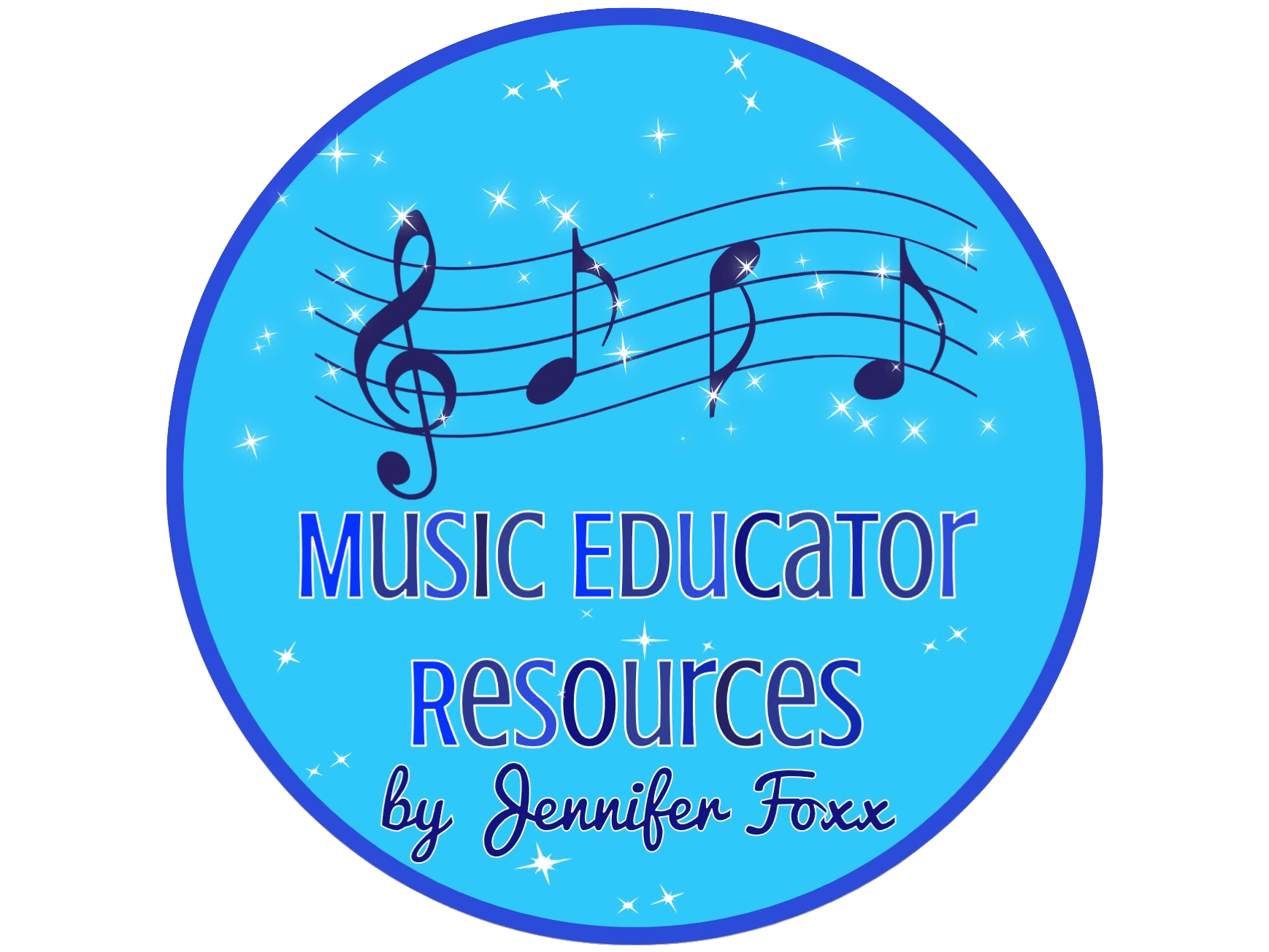
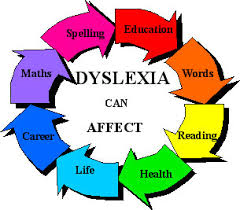
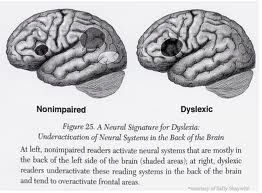
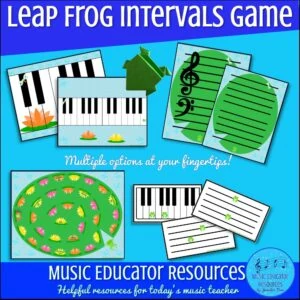
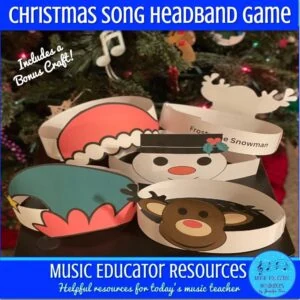
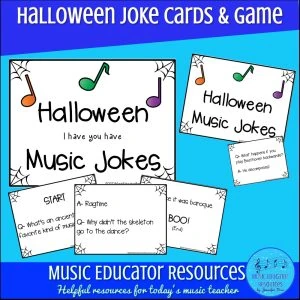
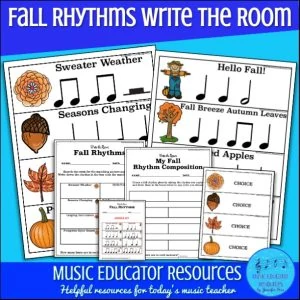
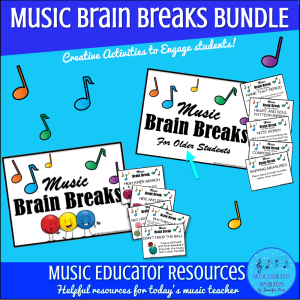
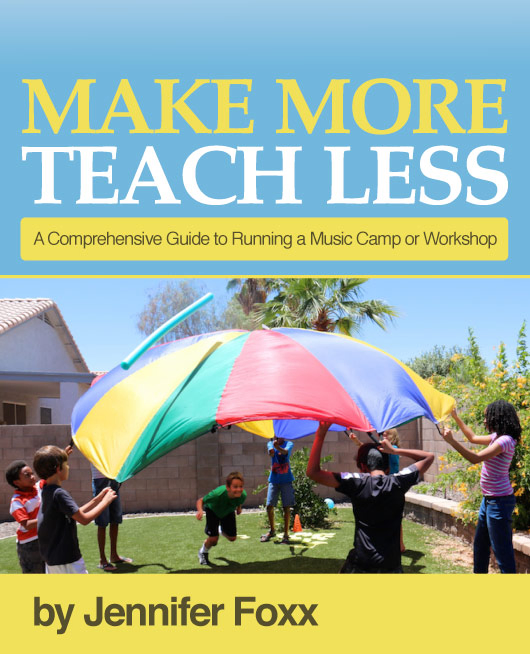
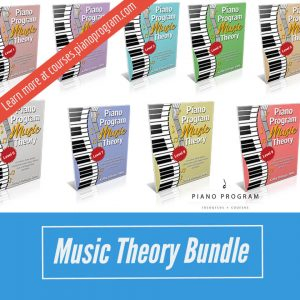
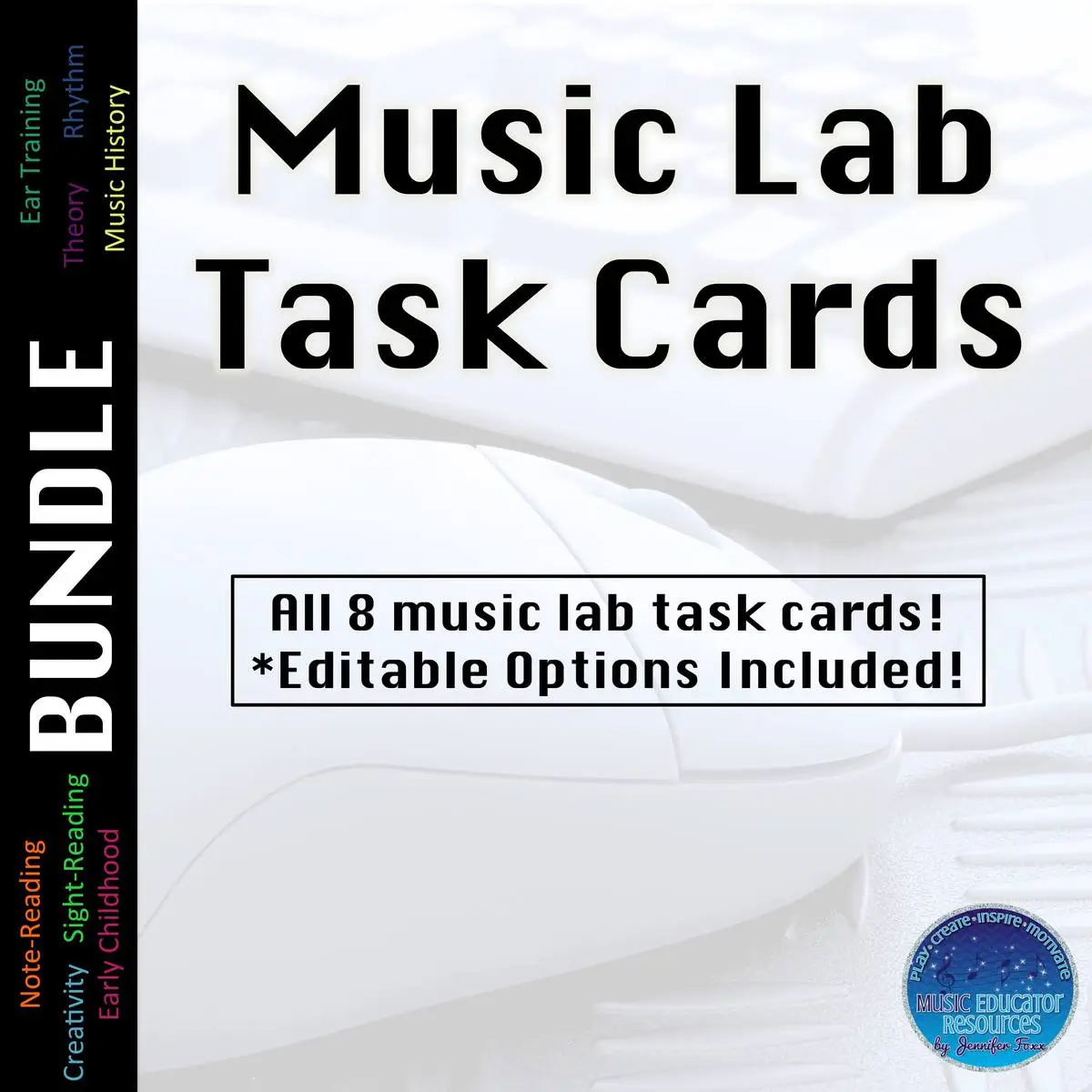
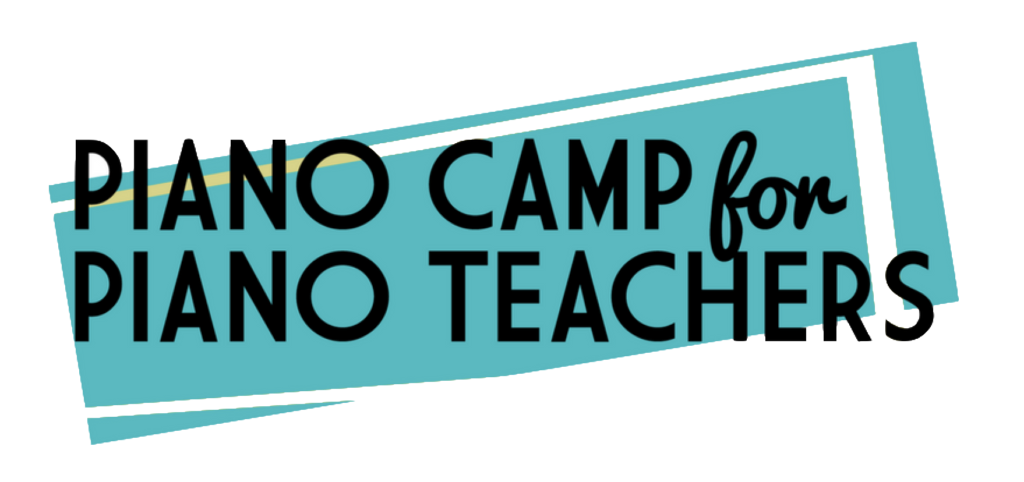
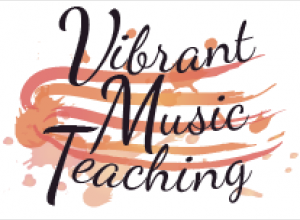

Jennifer,
Thanks so much for sharing your notes and the handout from this session! I was bummed to have to miss this session at MTNA, so was delighted to see this post. Thank you!!
Glad to help! 🙂